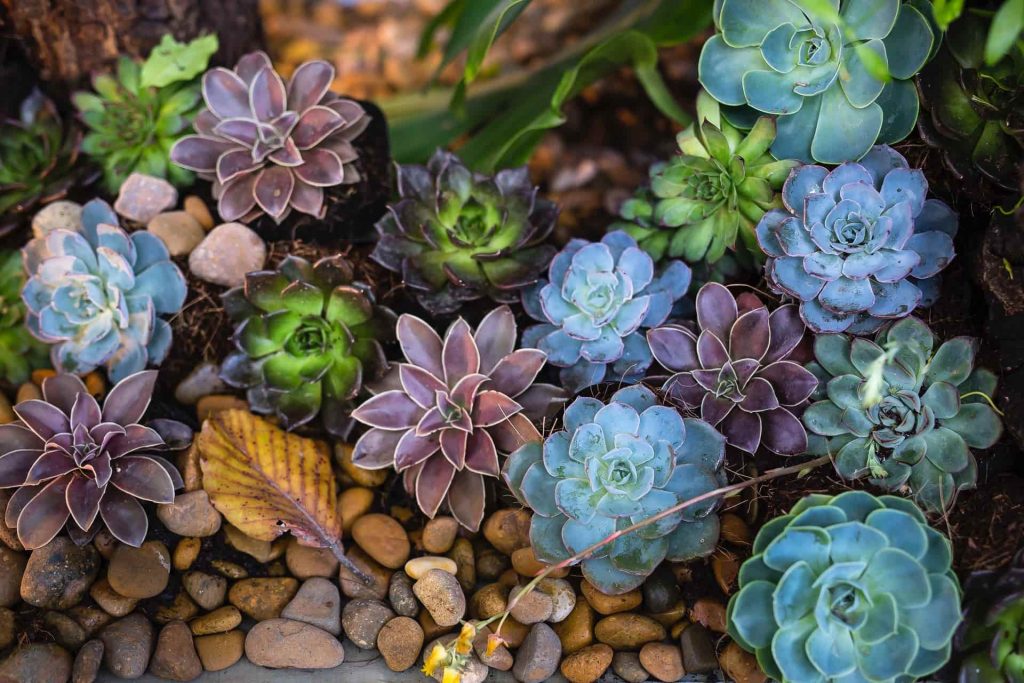How to properly shade your plants from the scalding hot sun is important in keeping your garden plants healthy and alive. This article will help with tips on shading your plants from harmful sunlight.
Firstly, here are some reasons to provide shade for your vulnerable plants. The morning sun gives plenty of energy through photosynthesis without the excessive heat of all-day sun exposure. So, shading your plants in the afternoon may be all you need to do. Also, providing shade for plants can lower the rate of evaporation of water from plant leaves, keeping the moisture level a healthy one. Most plants do not do well when temperatures are above 100 degrees. Shade keeps direct sunlight off of the vegetables and foliage, and can keep the temperature about ten degrees lower.
Note which areas of your garden have the most exposure to the sun and the shade during the morning and afternoon. Carefully design your garden, placing plants that need more sun in the sunny areas and those that need more shade in the shadier spots.
Shade cloths for your garden
If your garden is in the full sun, you may need to consider a shade cloth. Shade cloth comes in different coverage. A percentage of 40-60% shade cloth is good for vegetables during the summer. Your plants should receive some sun each day, but a good shade cloth can provide some relief when the sun is at its highest. The shade cloths can be easily removed for winter months when the sunlight is not as harsh.
Create shade with umbrellas
Outdoor umbrellas can be moved and angled to provide afternoon shade where it is needed most. Umbrellas often provide up to 100% of sunlight, depending on the material. Plants still need to be exposed to some sun. So, angle the umbrella so that the softer morning sun hots the plants. As with all umbrellas, strong winds can knock it over. Make sure it is fastened down so it doesn’t tip over and damage your plants.
Install a pergola to your garden
While most pergolas are used for shading people and outdoor furniture, your more delicate potted plants can be moved under the pergola. This will keep you from having to constantly transport your heavy pots from underneath the porch awning or inside the house. A pergola is a beautiful addition to your garden and provides a perfect amount of sun and shade.
Put a shade house in the backyard
For those of us that don’t consider ourselves avid gardeners, a shade house may seem like an expensive option. But many online retailers offer affordable options. Though they may look like a greenhouse, in size and shape, shade houses are the opposite. While a greenhouse amplifies the sunlight, a shade house protects the plants from the sun. Some are portable and temporary. A shade house can be used to grow plants that love shade such as orchids, ferns, capsicum, spinach, Swiss chard, arugula (rocket), endive, radicchio and some herbs or vegetables such as continental cucumbers, bush beans, climbing beans, tomatoes, strawberries, and capsicums.
For more content like this, subscribe to Dock Line Magazine.
